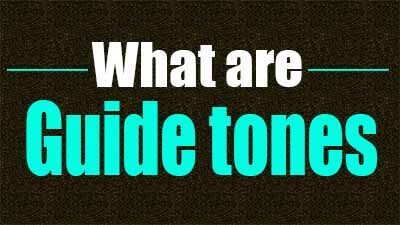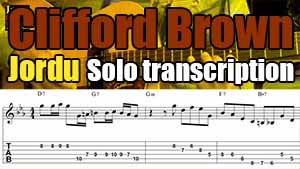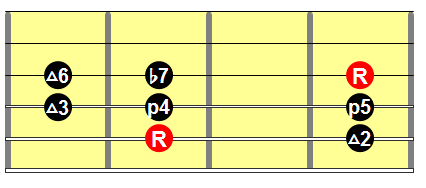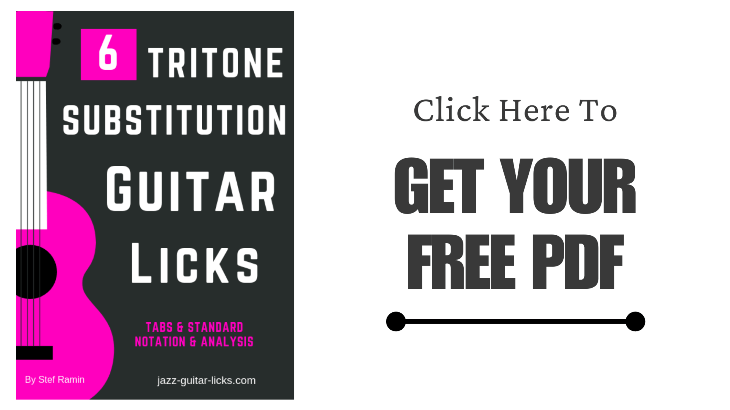jazz lesson
-
What Are Guide Tones and How to Use Them
- By jazz-guitar-licks
- On 2016-12-14
- 2 comments
Guide tones are the notes in a chord which leads or gives harmonic pull toward the next chord, these are an excellent way to study and absorb the sound of any chord progression.
Guide tones are used to outline chord progressions in an improvisation.
They are most of the time the 3rd and the 7th because this is what determines whether a chord is major, minor, or dominant.
This jazz guitar lesson explains how to solo over common jazz chord progressions by using guide tones.
-
Altered Jazz Guitar Lick - 2 5 1 Progression
- By jazz-guitar-licks
- On 2016-11-03
- 0 comments
When you want to play altered jazz guitar lines over a dominant 7th chord, there is an easy and efficient option that is to play a major triad starting on the #11 of the chord you want to improvise over.
This way you highlight the b7, #11 and b9 and add tension to your playing.
Let's take an example with a II-V-I sequence in the key of C major. The progression is Dm7 | G7alt | CMaj7.
-
Jazz Trumpet Solo Transcription For Guitar - Clifford Brown - Jordu
- By jazz-guitar-licks
- On 2016-10-08
- 0 comments
This guitar lesson is about a Clifford Brown trumpet solo transcription in "Jordu".
Clifford Brown was an American songwriter and jazz trumpet player. He composed two jazz pieces which have become standards, "Joy spring" and "Daahoud".
He has collaborated with jazz players as Art Blakey and Lionel Hampton before forming his own group with the drummer, percussionist and composer Max Roach.
Jordu is a jazz standard written by Irvin "Duke" Jordan. He has been popularised by Clifford Brown and Max Roach quintet in the album that includes the two standards "Joy spring" and "Daahoud".
This is an AABA traditional jazz form in the key of C minor. Referring to the realbook the chord progression is :
A
D7 G7 | Cm | F7 Bb7 | EbM7
D7 G7 | Cm | Ab7 | G7
B
G7 C7 | F7 Bb7 | Eb7 Ab7 | Db7
F7 Bb7 | Eb7 Ab7 | Db7 Gb7 | G7
The transcription is focused on the A part only. This will allow you to understand how to improvise and which scale to play over two interesting jazz progressions :
- II7-V7-Im sequence (D7-G7-Cm) which is a minor II-V-I with a dominant 7th (V7) chord instead of the usual minor seventh flat ninth chord (II).
- II7-V7-IM sequence which is a major II-V-I with a dominant seventh (II7) chord instead of a minor seventh chord (II).
-
12 Scales To Play Over A Dominant 7th Chord
- By jazz-guitar-licks
- On 2016-08-16
- 0 comments
Dominant chords are pivotal in many styles of music, from blues to jazz and beyond, making it essential for any guitarist to have a repertoire of scales to draw upon when improvising or crafting melodies.
Throughout this tutorial for beginners, we'll explore 12 versatile scale ideas tailored specifically for dominant chords.



